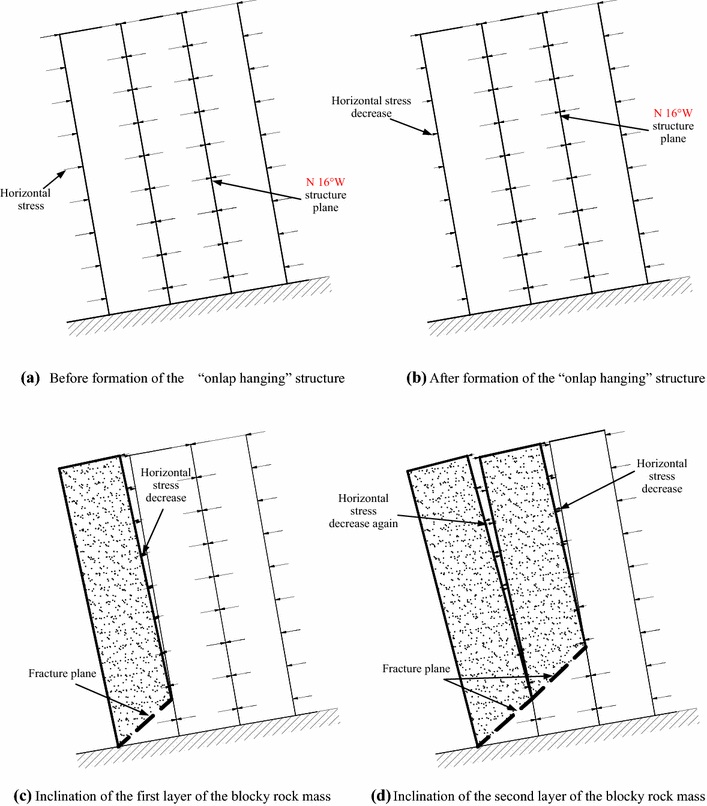In metal mines, ground deformation is influenced by many factors, such as geological structure, in situ stress, existence of ore bodies, the hydrogeological conditions, and the method of mining, leading to an obvious difference between the ground deformation induced by underground mining of metal and coal mines, and thus has distinctive characteristics.
More complex factors cause the ground deformation induced by underground metal mining to be complicated, especially in tectonic stress metal mines which have suffered from many intensive tectonic movements in the formation of their orebodies. Such metal mines may frequently be subjected to horizontal tectonic stresses greater than those applied in the vertical direction (up to several tens of times higher), thus the mining-induced secondary stress field can significantly affect the ground deformation characteristics. Chenchao Iron Mine is typical of the tectonic-stress metal mines in China.
IRSM's research group has cooperated with Wuhan Iron and Steel Group co. LTD, in situ monitoring of ground deformation in the western area of the Chenchao Iron Mine was conducted for an eight year period, the results were analyzed to investigate the regularity of ground movement induced by underground mining, and finally an explanation for the large ground movement in the footwall was given. On this basis, correction factors for the influence of the in-situ stress field and major structure plane on the angle of ground movement in metal mines are proposed, and then a correction value for the angle of ground movement is required in both the northern and northeastern parts.
The research is financially supported Wuhan Iron and Steel Group co. LTD Key Projects and National Natural Science Foundation of China (41602325), relative papers has published at Eng Geol and Bull Eng Geol Environ.

Progressive outward movement of the ground
